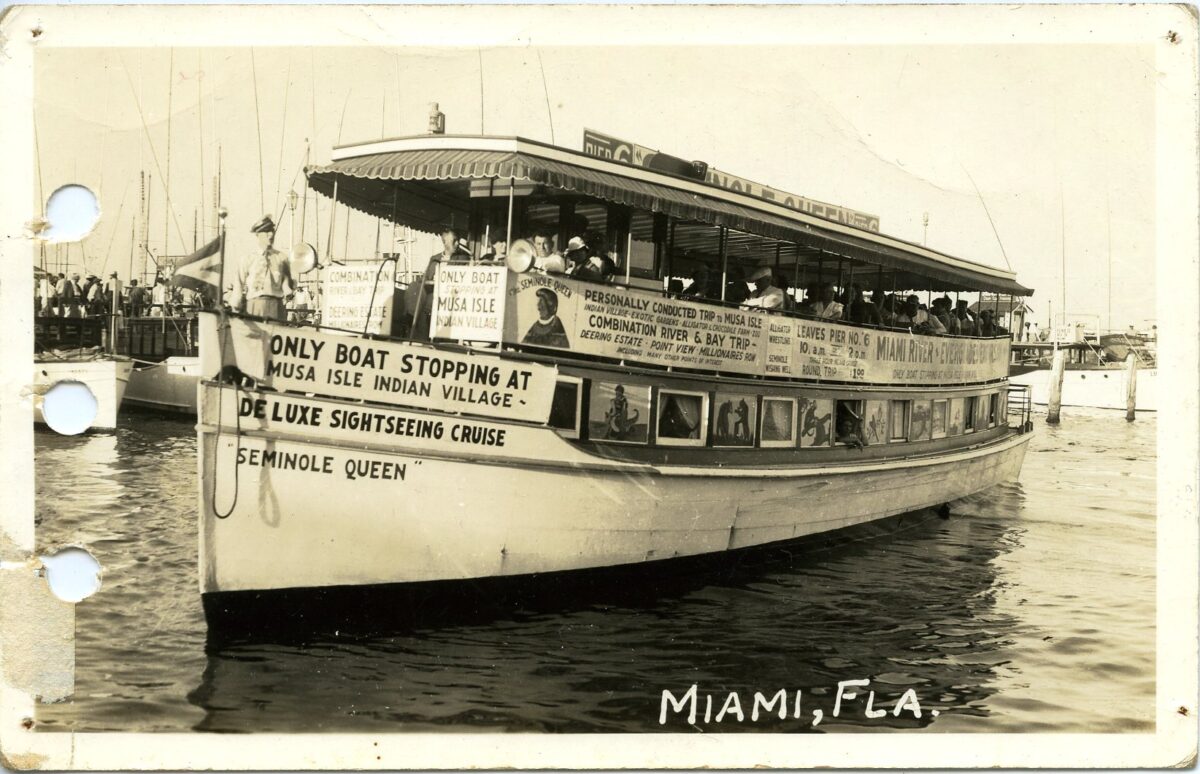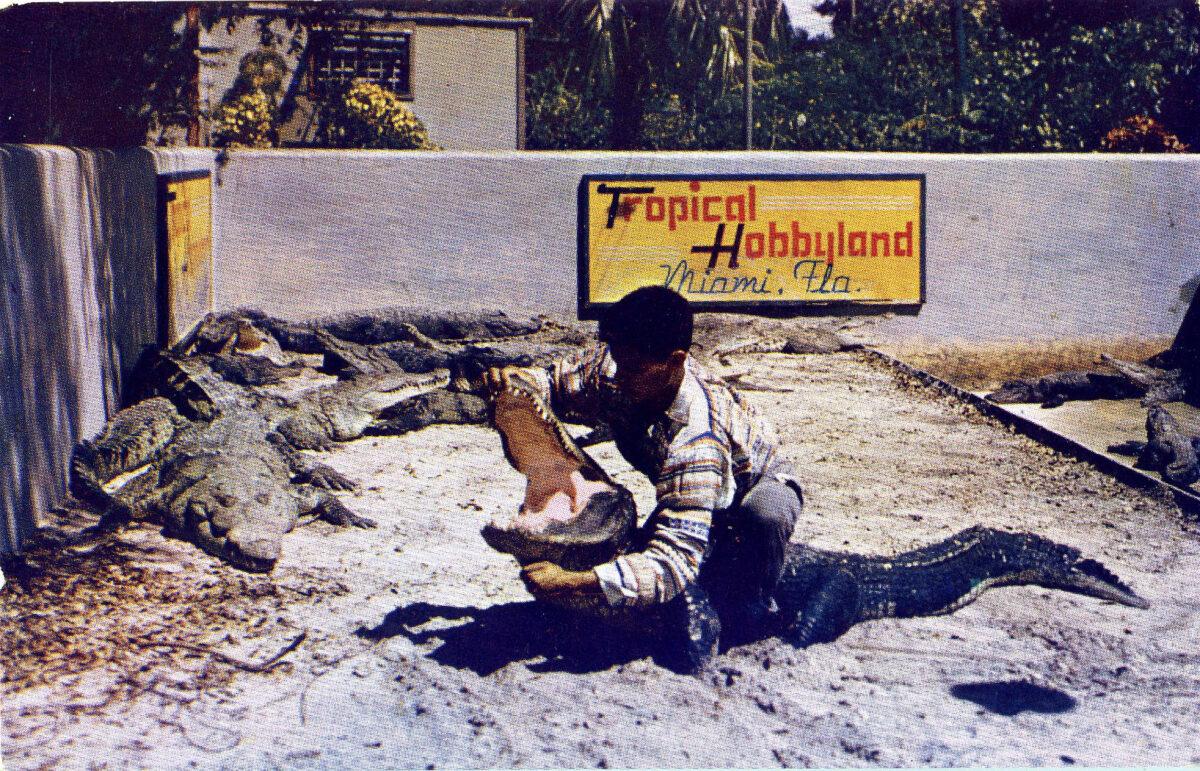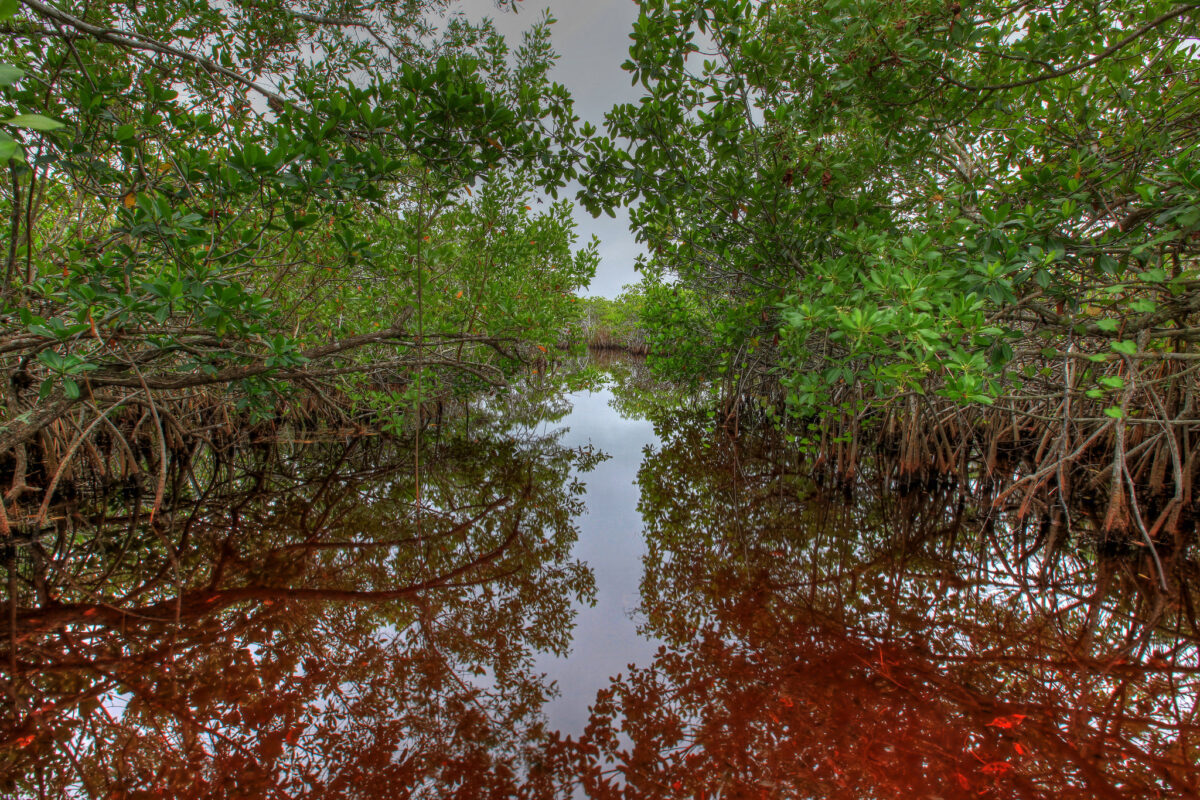
Florida’s Native American Heritage Trail
Are you looking to learn about native Florida history this summer? Take a trip along Florida’s Native American Heritage Trail! This week, we will go over what you need to know about the Trail, including how to find it and highlights in South Florida. So, go beyond the beaches, and learn about Florida’s first people. From parks, historic sites, museums, and more, there is something to interest any traveler.
What is it? How can you get there?
Seminole ancestors have been in Florida since creation. Mounds, earthworks, and middens are found all over Florida. Along with oral histories, they tell the story of tens of thousands of years of native history. Florida’s Native American Heritage Trail covers more than 100 heritage tourist sites. A 36-page guidebook is available. It was made by the Trail of Florida’s Indian Heritage. It was created under a grant from Florida’s Division of Historical Resources and helps visitors plan their trip. The stops range from archaeological sites, museums, and parks. From past to present, the Trail honors the rich history and current ventures of native people in Florida. The guide is also freely available online. The Trail of Indian Heritage’s website also shares maps, information, and planning guides for all these sites and more.
You are close to a site on the Trail almost anywhere in Florida. Use maps within the guide to find sites and plan your trip with ease! The guide divides Florida by region. Locations, useful resources, and overviews are available to plan your trip. Full color pictures, artifacts, paintings, and drawings are also paired with the articles. The guide melds archaeology, history, and native perspectives. Articles written by archaeologists, native people, and historians are found in the guide. It also features biographies of important native people, and an overview of 12,000 years of Florida native history. A hidden gem, the Trail has something for every traveler.
Trail of Florida’s Indian Heritage
Although they are similarly named, the Trail of Florida’s Indian Heritage is not the same as Florida’s Native American Heritage Trail. The Trail of Florida’s Indian Heritage itself is a non-profit network. But, beyond being a network, they are committed to promoting “responsible site visitation to and public education on Native American Indian heritage in Florida.” It was founded in 2000 by two heritage interpreters. Today, the non-profit has grown to include over 100 members, from historic sites to museums. Above all, they work to expand and grow the Trail in Florida.
On their website, you can find maps, information about each site, and even become a donating member. The Trail is fully available to the public. See maps of five different regions of Florida here. The maps let you look at each site by region and location. You can also learn contact details, amenities, and history.
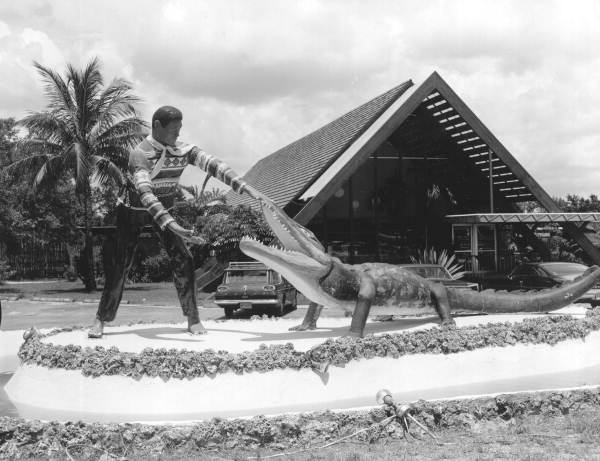
Marks. Okalee Indian Village and Crafts Center. 1967. State Archives of Florida, Florida Memory.
Highlights around South Florida
Although there are trail stops throughout the state, below are some highlights in South Florida! Whether you are on the east or west coast, there are many places to hit along the Trail. Learn more about the rich history of Florida’s first people! But, if none of these catch your eye, there are many other dynamic stops.
Southeast
Okalee Indian Village, Broward County
The Seminole Tribe of Florida has a long relationship with tourism. In the early 20th century, tourist camps in South Florida became popular. They would showcase crafts and exhibitions to attract tourists. As a result, tourist camps became important for the tourist economy. Opened in 1960, Okalee Indian Village was the first venture of the Seminole Tribe of Florida on reservation. Some of the features were a Seminole Village and Culture camp on site. It also featured animals and alligator wrestling. It is currently closed. Stay tuned for more details on a re-opening for the public.
Jupiter Inlet Historic and Archaeological Site, Dubois Park, Palm Beach County
The Jupiter Inlet site is near Jupiter, Florida. It is on the National Register of Historic Places. It features a shell midden 20 feet high, as well as the remains of a thriving village. The historic Dubois Pioneer Home was built on top of the midden. It is also a feature of the site.
Indian Key Historic State Park, Monroe County
Visiting the Florida Keys? Down on Islamorada, the Indian Key Historic State Park features the remains of the Indian Key settlement of Jacob Houseman. Seminole and Miccosukee ancestors burned it down, and only the stone structures remain. But Indian Key is only accessible by boat or kayak, so get to paddling!
Miami Circle at Brickell and HistoryMiami Museum, Miami-Dade County
Uncovered in 1998, the Miami Circle is a large circular earthwork located in downtown Miami. It was unearthed during construction on downtown condos. It is a perfect circle of ~38 feet, with 600 post-holes cut directly into the bedrock. Attributed to the Tequesta, it is believed to be between 1,700 and 2,000 years old. It is on the National Register of Historic Places, and is also a National Historic Landmark. Meanwhile, right around the corner from the Miami circle site is the HistoryMiami Museum. The Museum has an exhibit Tropical Dreams: A People’s History of South Florida, which explores over 12,000 years of Florida history.
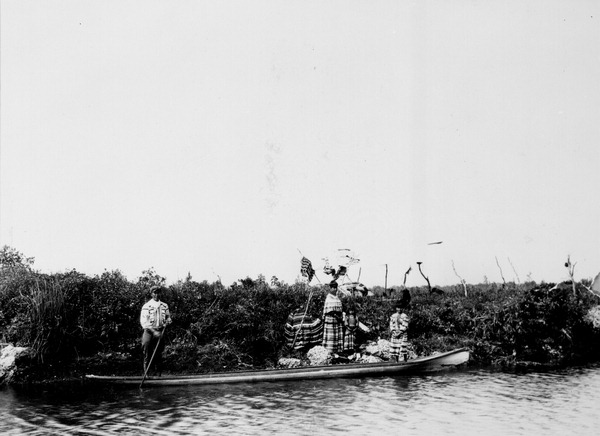
Small, John Kunkel, 1869-1938. Seminoles in very long canoe. 1924-04. State Archives of Florida, Florida Memory.
Southwest
Ah-Tah-Thi-Ki Museum, Big Cypress Seminole Indian Reservation, Hendry County.
The Ah-Tah-Thi-Ki Museum on the Big Cypress Seminole Indian Reservation is a must-see stop for tourists. Interested in learning about Seminole culture and history? With the mission to “celebrate, preserve, and interpret Seminole culture and history”, the Museum cares for over 180,000 objects. So, stop by to discover the collections, walk the boardwalk, and see the Living Village and Hunting Camp today! Also, check out the Ah-Tah-Thi-Ki Museum Events page for events at the Museum and Okalee Indian Village.
Mound Key State Archaeological Park, Lee County
Mound Key State Archaeological Park holds the former heart of the Calusa. The key is a shell midden mound, evidence of over 2,000 years of occupation at this site. A Seminole ancestor tribe, the Calusa lived in Southwest Florida for thousands of years before Spanish contact. From hiking to paddling, Mound Key offers a true South Florida experience. But, the park is only accessible by boat, and there are no facilities available. So, plan accordingly!
Mound House, Lee County
The Mound House is the oldest standing structure on Fort Myers Beach. The Museum also focuses on a Calusa archaeological site and a shell midden mound around 2,000 old. The Mound House offers various activities to help you learn about this important facet of Florida native history. For example, it shares Calusa artifacts, interactive displays, guided tours, and even kayaking eco-tours along the Estero River.
Everglades National Park
The Everglades National Park is the largest subtropical wilderness in the United States. The Everglades was incredibly important to the ecosystem of Florida and was also home to many of Florida’s first people. With endless outdoor options, the Everglades is a unique stop for any tourist. The Trail stop also notes interpretive displays on Sandfly Island Canoe Trail that document a long history of Calusa occupation. Sandfly Island is also a shell midden mound.
Big Cypress National Preserve
The Big Cypress National Preserve protects over 729,000 acres of swamp. Established in 1974, the Big Cypress National Preserve has been lived on Seminole ancestors for thousands of years. Today, Seminole and Miccosukee people hold customary use rights within the preserve. To learn more about customary use rights, visit a previous blog post here. The BCNP Oasis Visitor Center also offers exhibits and educational materials on the history of the preserve, including the long history of native occupation.
Anywhere you stop along the Trail, think about how important it is to center native voices and points of view. As tourists, you have a responsibility to engage ethically with the people, history, and cultures of the area you visit. How are you interacting with Native people and communities? Similarly, how can you improve? While travel is fun, it can also be a growth experience. We encourage you to grow beyond merely visiting. Be intentional and thoughtful during your travels, and always have fun!
For tips, visit a previous blog post about being an ethical eco-tourist in Indian Country, consuming native art, and check back in with the blog next week for more resources on anti-colonial travel.


